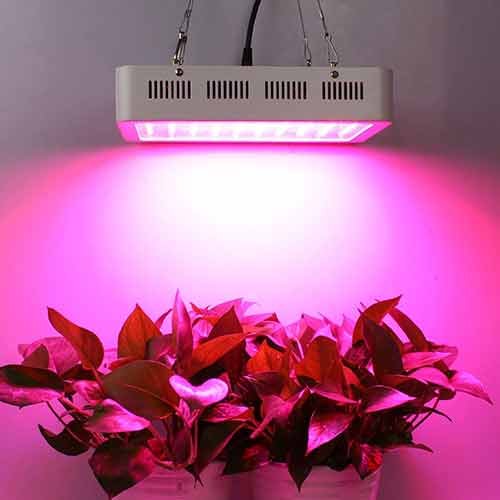In our urbanised environment lots of people reside in accommodation that lacks significant sun light. Should you continue to have a need to take many of the natural world indoors together with you, having less sunlight could be a significant hindrance. One reply to this really is to hire artificial plant lighting and also the usually the best option for doing this is definitely an LED grow light.
Naturally there are other alternatives for indoor plant lighting. Most frequent amongst these choices are incandescent and fluorescent systems.
The issue with incandescent lighting, in comparison with LED grow lights, is they are extremely hot to feel. This can be a problem both to some user, who may burn themselves and also to young plants who will be prone to dry out and die within the intense heat. When the lighting is used inside a confined space this element of heat generation could become a substantial factor that can require additional ventilation simply to keep temperature levels within an acceptable level. Of course this ventilation costs more money and enhances what could otherwise are an affordable system to setup.

Fluorescent plant lighting creates hardly any heat as well as in this respect can be a far better option. Fluorescent plant lights do require ballast units to function correctly and the units is usually a bulky accessory the dimensions of guarana lights themselves. These plant lights will not require additional ventilation if suited for a tiny scale and basic installations are less expensive. One pitfall with fluorescent plant lights are actually not directional. This means that to be used efficiently reflectors are required. This factor, in addition to installing of additional wiring for ballast units complicates these plant light installations.
LED grow lights have not one of the earlier mentioned disadvantages. An LED plant light is warm to the touch, although not so hot that it would damage either delicate plants or perhaps the hands of your user who gets too close. As a result, LED grow lights require no additional ventilation.
There are other advantages too. An LED plant light, with a rating of 80 watts, gives an equivalent a higher level lighting to that particular that a 400 watt underhand sodium (HPS) light would deliver. After a while, this is sometimes a significant saving and considering that an LED grow light can last 50-80,000 hours this could soon add up to a tidy sum. Additionally, the light created by an LED grow light is directional and so requires no additional, heavy, metal reflectors.
Overall, although LED grow lights are more expensive to install initially, they may be an excellent solution to providing effective indoor plant lighting
For additional information about best indoor grow lights please visit internet page: read.
